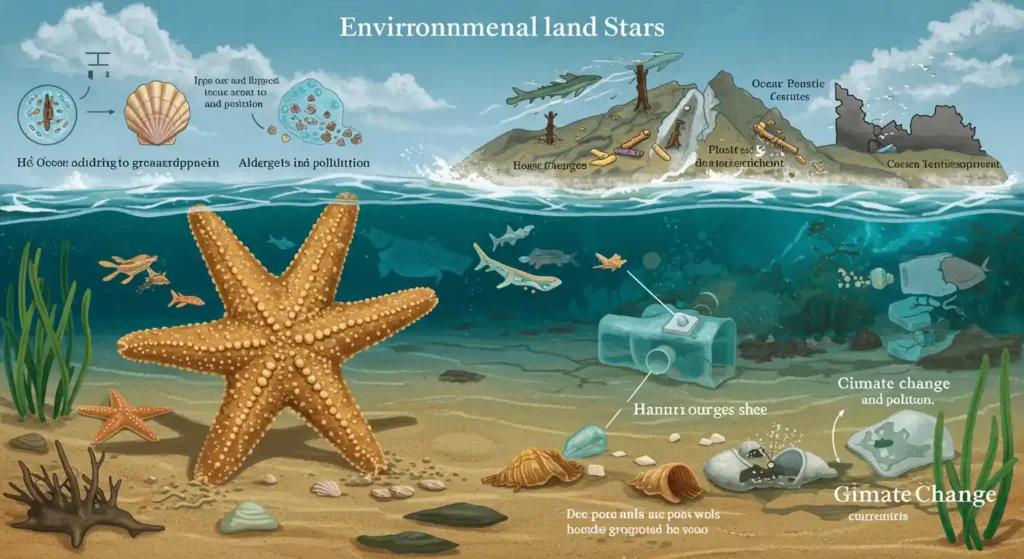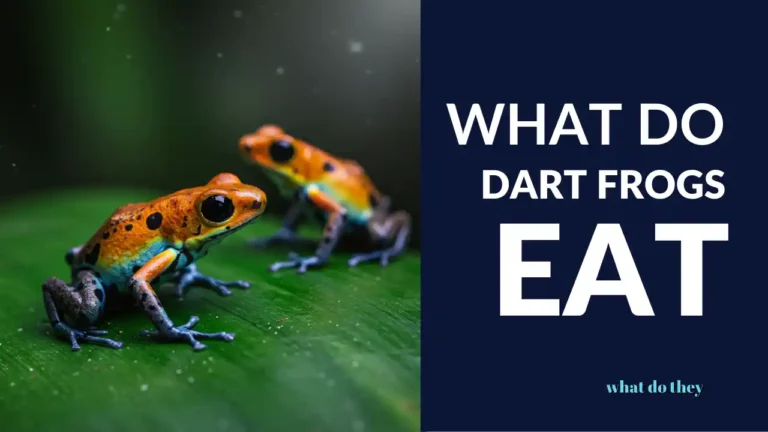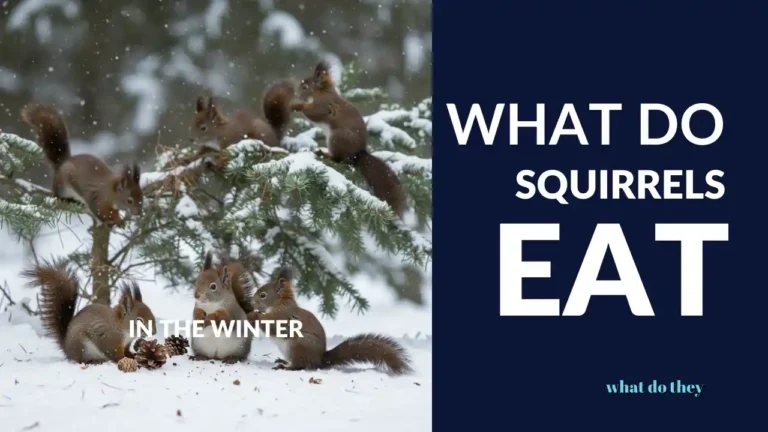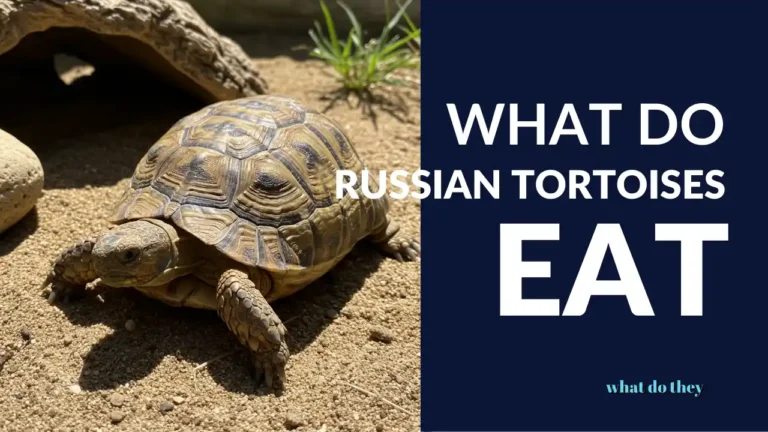Curious about what do sand stars eat to survive in their sandy ocean homes? These fascinating echinoderms have unique feeding habits that help regulate marine ecosystems and recycle nutrients. If you’re fascinated by the diets of unusual creatures, you might also enjoy:
This blog, brought to you by What Do They, will help you discover exactly what sand stars eat, how they feed, and the ecological impact they have on ocean environments.
What Are Sand Stars?
Sand stars (also known as sand sea stars) are a type of starfish that primarily live on sandy or muddy ocean floors. Unlike many other starfish species that prefer rocky habitats, sand stars have adapted specifically to life on soft substrates. Common species include:
- Astropecten irregularis (Sand Star)
- Luidia spp. (Several sand-dwelling species)
- Archaster typicus (Typical Sand Star)
What Do Sand Stars Eat in the Wild?

Primary Food Sources
So, what do sand sea stars eat in their natural habitat? Understanding the typical sand star diet gives insight into their carnivorous behavior and how they survive in soft, sandy ocean beds. To answer that, we must add to our knowledge that these carnivorous species thrives on a natural diet of marine invertebrates. The feeding behavior of sand stars involves hunting small organisms buried in sand, including:
- Small mollusks like clams and mussels
- Marine worms
- Small crustaceans
- Dead fish and other organic matter
- Young bivalves
- Small sea urchins
Sand Stars Hunting and Feeding Techniques
If you think you must learn what sand stars eat and feed them accordingly, you should reconsider that. Feeding behavior often increases during cooler months and nighttime, when buried prey becomes more active or vulnerable. Sand stars have developed specialized feeding methods different from their rocky-dwelling relatives:
Substrate Feeding
Sand stars often plow through sand and mud, using their tube feet to detect prey hidden beneath the surface. They can sense chemicals released by potential food items even when buried.
Stomach Eversion
Like other starfish, sand stars can extend their stomach outside their body to digest prey externally. This allows them to consume animals that would otherwise be too large to eat whole.
Scavenging
Many sand stars are opportunistic feeders, quickly locating and consuming dead organisms that settle on the ocean floor.
Differences Between Sand Stars and Other Starfish
| Feature | Sand Stars | Rocky Habitat Starfish |
|---|---|---|
| Diet | Primarily buried prey and scavenged items | Often attached prey like barnacles, mussels |
| Feeding location | Within substrate | Surface feeding |
| Movement | Fast-moving | Often slower |
| Habitat | Sandy or muddy bottoms | Rocky shores and reefs |
Sand Star Digestive System

Sand stars have a unique digestive process:
- Prey detection using chemical sensors
- Capture using tube feet and arms
- Stomach eversion for external digestion
- Absorption of nutrients
- Retraction of stomach
This process allows them to efficiently extract nutrients from their food without needing to swallow prey whole.
🧠 Did You Know?
Some sand stars can completely burrow into sand in under 30 seconds to avoid predators or ambush prey!
Ecological Role
Beyond their intriguing food habits, sand stars serve important roles in marine ecosystems, such as:
- Population control of bivalves and other prey species
- Bioturbation (mixing of sediments) as they move through sand
- Recycling nutrients from dead organisms
- Maintaining biodiversity in sandy habitats
Sand Stars in Captivity
Although challenging to keep in home aquariums, sand stars in captivity require:
- Deep sand bed (at least 3-4 inches)
- Regular feeding with:
- Small pieces of fresh or frozen seafood
- Clams, mussels, and oyster meat
- High-quality marine pellet food
- Frozen marine foods like mysis shrimp
Feeding Schedule for Captive Sand Stars
When kept in aquariums, sand stars typically need feeding:
- Small amounts 2-3 times per week
- Food can be placed on the sand where the star can detect it
- Uneaten food should be removed after 24 hours
Signs of a Well-Fed Sand Star
A healthy, well-nourished sand star will show:
- Active movement across the substrate
- Good body color
- All arms intact and symmetrical
- Regular waste elimination
Environmental Threats to Sand Star Feeding

Several factors can impact on what do sand stars eat and how they feed:
- Ocean pollution affecting prey populations
- Seafloor trawling disrupting habitat
- Climate change altering prey distribution
- Coastal development affecting nearshore areas
Who Eats Sand Stars?
Sand stars have a few natural predators despite their tough exterior. These include:
- Triggerfish
- Larger crabs
- Seagulls and shorebirds (for shallow-water species)
- In some regions, humans also collect sand stars, though rarely for consumption.
So the Answer to What do Sand Stars Eat is…
As we’ve explored what do sand stars eat, these specialized echinoderms consume a variety of small marine creatures, with a preference for buried mollusks, worms, and other invertebrates. Their unique adaptations for hunting in sandy environments make them fascinating examples of specialized marine predators.
Understanding the diet and feeding habits of sand stars helps us appreciate their role in maintaining healthy ocean ecosystems. Whether you’re a marine biology enthusiast or simply curious about these interesting creatures, knowing what sand stars eat provides insight into the complex web of life on the ocean floor.
FAQs
- What do sand stars eat in the wild?
Sand stars primarily feed on small marine organisms buried in sand, such as mollusks (clams and mussels), marine worms, crustaceans, and bits of dead organic material.
- Are sand stars carnivores or omnivores?
Sand stars are mostly carnivorous. They hunt and scavenge animal-based prey, but may occasionally ingest organic detritus along with sand.
- How do sand stars find their food?
They use their tube feet and chemical sensors to detect prey hidden beneath the sand. Once located, they can evert their stomachs to digest food externally.
- Can sand stars eat live fish or coral?
No. Sand stars are not predators of fish or coral. They target slow, soft-bodied invertebrates buried in sediment and do not attack active or reef-dwelling animals.
- Do sand stars need to be fed in aquariums?
Yes. In captivity, sand stars must be fed 2–3 times per week with small pieces of seafood, such as clam meat, shrimp, or marine pellets, as they can’t survive on aquarium detritus alone.
- Are sand stars reef-safe?
Generally, yes. They won’t harm corals or fish, but may disturb substrate and invertebrates in deep sand beds. Monitor them in reef tanks with delicate sand-based life.
- What predators eat sand stars?
Sand stars may be eaten by larger marine predators, including triggerfish, crabs, and sea birds in shallow areas. Their burrowing behavior helps them avoid detection.
- How can I tell if my sand star is healthy?
A healthy sand star is active, regularly moving across the substrate, has intact limbs, and shows no signs of deflation or discoloration. Waste elimination is also a good sign of proper digestion.
- Do sand stars eat detritus or algae?
No, sand stars do not actively consume algae. While they may ingest small bits of organic detritus while sifting through sand, they primarily feed on animal-based prey.
- Can sand stars overpopulate an aquarium?
Not usually. Sand stars require a consistent food supply in deep sand beds and may starve if resources are limited, which naturally limits overpopulation in tanks.
- Are sand stars dangerous to other tank inhabitants?
Not typically. They do not attack live fish or corals, but in some cases, they may disturb burrowing invertebrates in reef systems.








4 Comments